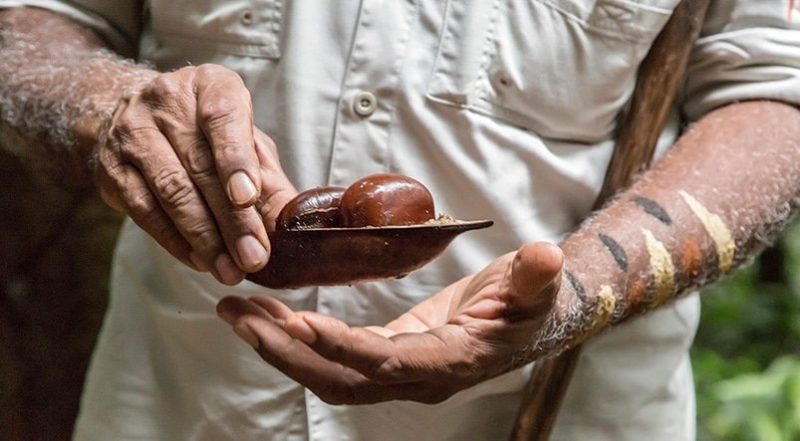NAIDOC Week celebrates the history, culture and achievements of the Aboriginal and Torres Strait Islander Peoples. This year, NAIDOC Week will run from 7th – 14th July. Every year it rolls around, but how much do you really know about NAIDOC Week?
What is NAIDOC Week?
Simply put, NAIDOC (National Aborigines and Islanders Day Observance Committee) Week marks an occasion for Australians from all walks of life to come together. It celebrates the achievement of the oldest continuing culture on the planet, the Aboriginal and Torres Strait Islander peoples.
Each year, the week has a different focus, with 2019’s being “Voice. Treaty. Truth. Let’s work together for a shared future.” Aboriginal and Torres Strait Islander peoples have always wanted an enhanced role in decision-making within Australia’s democracy. This is reflected in this year’s celebrations.
Voice, treaty and truth were three important elements to the reforms set out in the Uluru Statement from the Heart, representing the unified position of First Nations Australians.
Indigenous Culture and History in Australia
Having lived here for over 40,000 years, Indigenous Australians are the first known human inhabitants of the Australian continent. It’s estimated that there were around 250 different languages spoken, and while some have survived, many are in danger of disappearing.
Values which were taught in a traditional society included sharing, respecting the wisdom of age and looking out for the young. Gentle treatment, fulfilment of kinship obligations and close observation of plants and animals were also included.
There are still various places around Australia where you can get in touch with Indigenous culture. These include Uluru, the ancient rock paintings at Flinders Range in South Australia and the Ku-ring-gai Chase National Park in New South Wales.
Today, many public meetings begin with an “Acknowledgement of Country,” where those attending the meeting acknowledge the Traditional Owners of the land they stand on.
Dreamtime
The Dreamtime is the Aboriginal understanding of the world and its creation. Dreaming stories tell of ancestor spirits who created the land and everything on it, from the mountains we see around us to the bright colours of our native birds.
The Rainbow Serpent
At the beginning of the Dreamtime, the earth was flat and dry and empty. The Rainbow Serpent woke from his sleep and crossed Australia from East to West and North to South. He created mountains, rivers, and woke animals along the way, turning the land into the beautiful scenery we know today.
How the Water got to the Plains
Way back in time, two greedy men stole the last supply of water from their own community. The warriors followed their tracks, leading them down into the big plains where they could see the men in the distance. Spearmen threw all the spears they had, one hitting the water carrier (eel-a-mun) leaking out almost all of the water.
Using very strong magic, the two men were punished by being turned in to the very first emu and blue-tongued lizard. Wherever the water had leaked onto the plains, there were now beautiful billabongs, grass and flowers, meaning there was now enough water for all.
The Boulders Legend
A long time ago, Wanyurr Majay lived and camped along the valley below Choorechillum (Bartle Frere). Waranoo, an elder of the tribe, was married to a young maiden named Oolana. One day, a wandering tribe entered the valley. Oolana fell in love with a handsome man called Dyga and he fell in love with her too.
Eventually, Dyga and Oolana decided to run away upstream. The two tribes began searching for them after some time and found them camping by the stream. The wandering tribe took Dyga away, and Oolana threw herself into the water. Suddenly, the water erupted into a swirling torrent and the ground burst open. Boulders were thrown into the air, marking the place of her drowning. Today, Oolana’s spirit remains at Babinda Boulders, so young men are told to beware as she may call you to the depths.





